Consortium
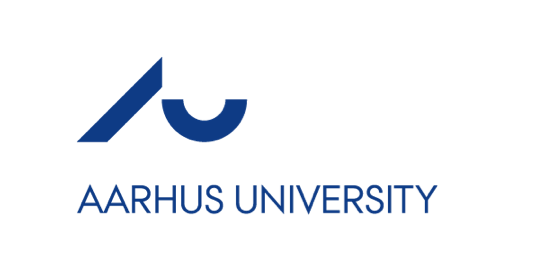
AU is the overall coordinator of the project and in addition AU is responsible for the SSH angle on the project and deeply involved in the core technical research on the RoboSAPIENS technology, in particular regarding the validation, verification and the trustworthy checker.
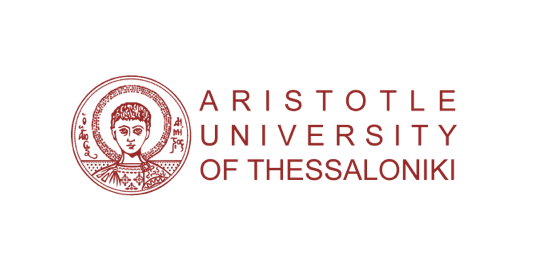
AUTH will contribute to developing Machine Learning-driven processes and modules of the MAPE-K loop particularly, monitoring, state analysis, learning and adaptation following the uncertainties.
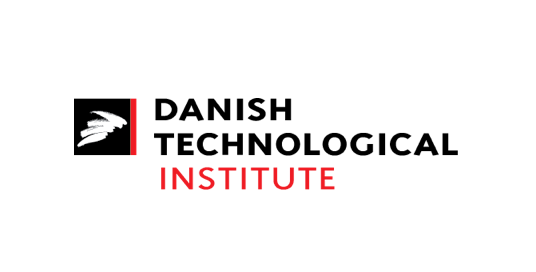
DTI work in #RoboSAPIENS to enhancing robotics for safer, efficient remanufacturing. We’re bridging human-robot collaboration gaps for a circular economy! 🤖💡♻

Fraunhofer IFF leads the development of a RoboSAPIENS technology that assures trustworthy robots. Additionally, IFF will use the RoboSAPIENS technologies to create a dynamic risk assessment.
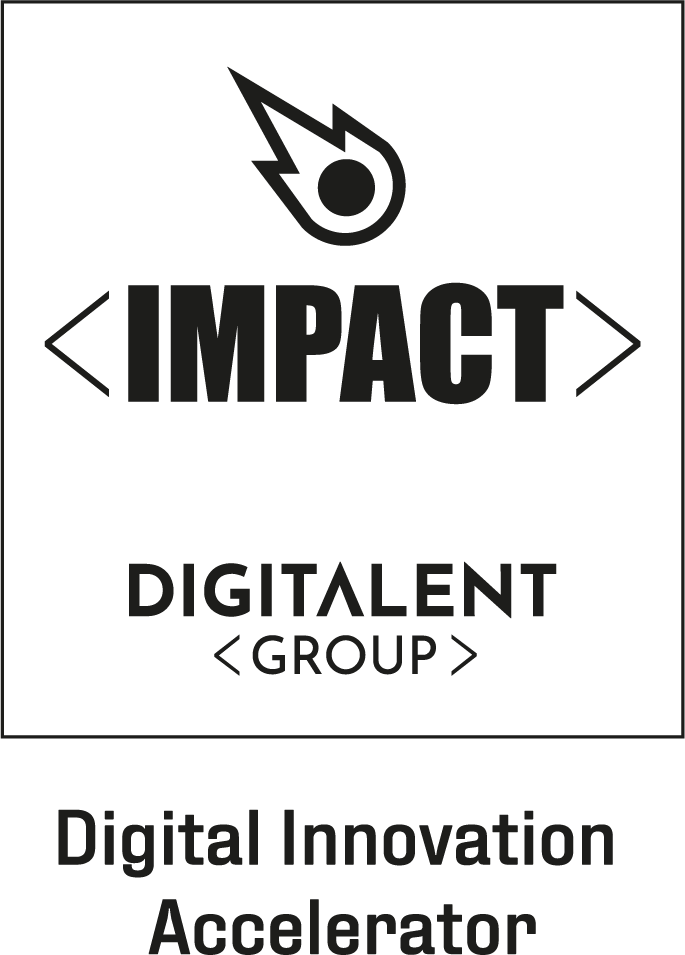
ISDI will raise awareness of the project and disseminate the project’s results widely among relevant stakeholders and liaise with relevant Digital Innovation Hubs and existing projects and communities for a interoperability and impact.

The main contribution of NTNU to the RoboSAPIENS project will be to provide the use case “autonomous ship motion prediction” and solve it using technologies and tools developed by RoboSAPIENS partners.
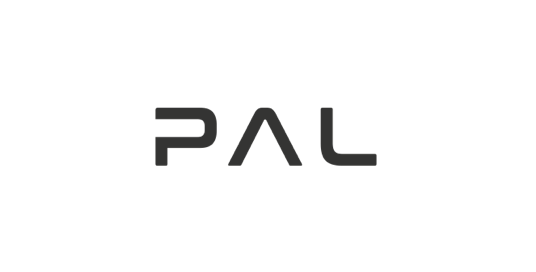
As a leader of the “Robot Navigation Case Study” about fleet management and safety, PAL will design and coordinate experimental activities, providing feedback on system requirements and validate the RoboSAPIENS results in their test bed. PAL also contribute to securing dissemination and exploitation of the project outcomes in the robotic sector.

The main contribution of SRL to the RoboSAPIENS project will be developing novel uncertainty metrics for DL models and beyond (e.g., robotic environment), and integrating safety validation tools with F&S requirements, leveraging formal methods & DL.

The main contribution of UAntwerp to the RoboSAPIENS project will be to propose a trustworthy deployment architecture, and to demonstrate and test it on lab-scale prototypes. This goes along with engineering workflows to realise such trusthworthy adaptive robotic applications.

The RoboStar centre at UoY will facilitate the modelling and verification of the RoboSAPIENS technology by developing tools and models, grounded in mathematics, that can support adaptation and DL.
